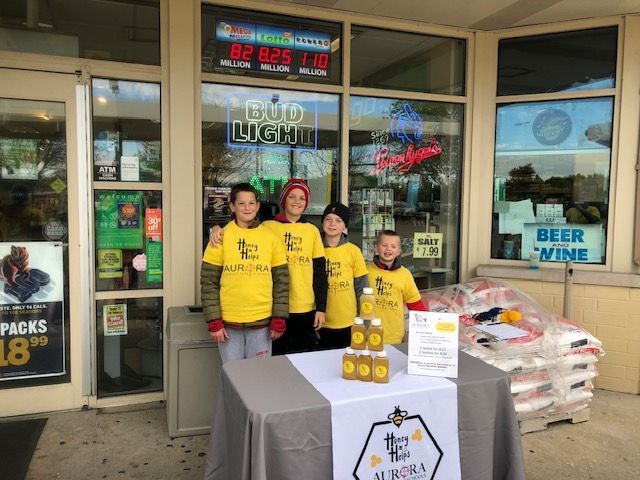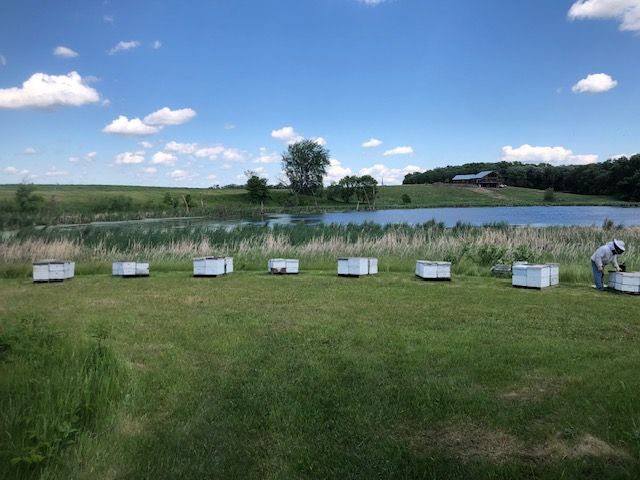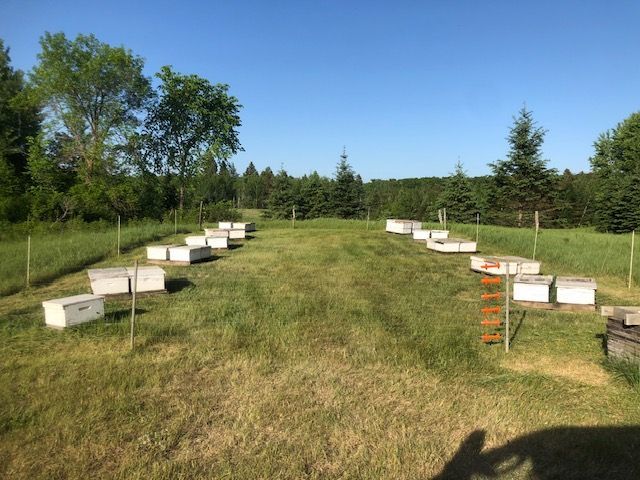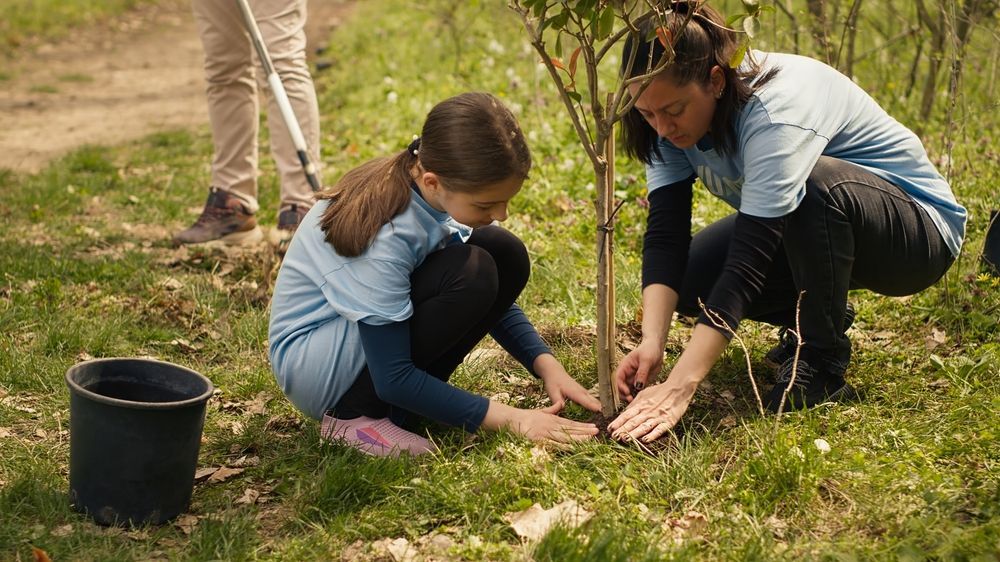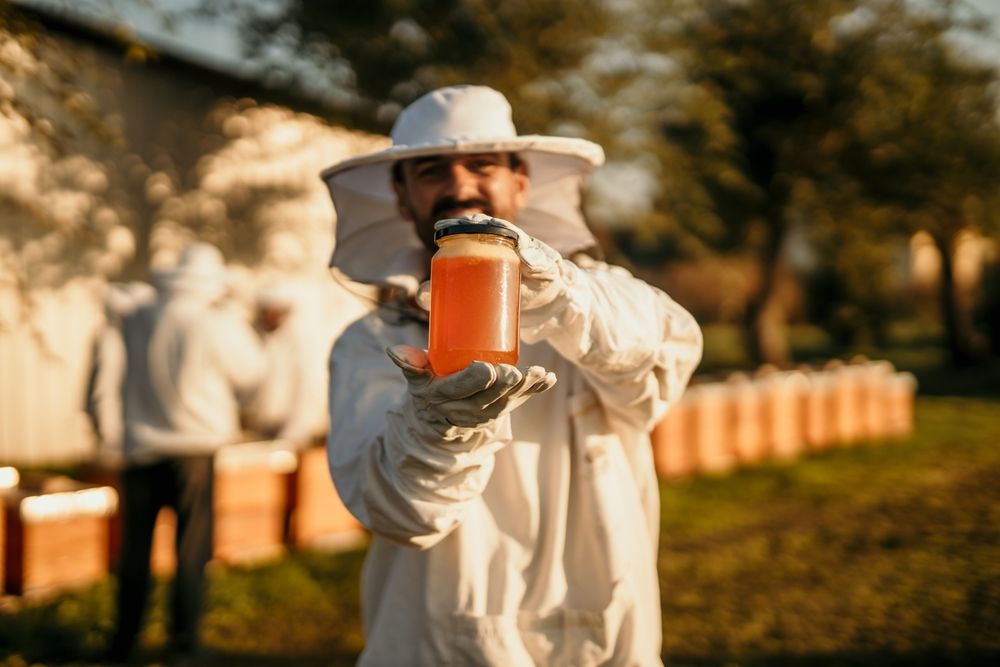Share this Article:
Fundraising has evolved far beyond traditional bake sales and car washes. While those methods still have their place, digital tools have created new ways for organizations to engage supporters and maximize donations. One of the most powerful strategies to emerge is peer-to-peer fundraising.
But what is peer-to-peer fundraising, and how can your organization use it to make a bigger impact? Whether you're a school, church, sports team, or nonprofit, this beginner-friendly guide will walk you through everything you need to know to launch a successful campaign.
What Is Peer-to-Peer Fundraising?
Peer-to-peer fundraising (also called P2P fundraising) is a fundraising approach that allows individuals to raise money on behalf of an organization. Instead of the organization collecting donations directly, supporters create their own personal fundraising pages and share them with friends, family, and social networks.
This method works because it leverages personal relationships. When a donor receives a fundraising request from someone they know and trust, they’re more likely to contribute than if the request came from an organization alone.
How Peer-to-Peer Fundraising Works
An organization launches a campaign. The first step is setting a fundraising goal, choosing a platform, and creating a compelling campaign message. Many organizations provide branding materials, sample messages, and social media graphics to help participants get started.
Supporters sign up as fundraisers. Once the campaign is live, volunteers, students, team members, or other supporters create their own personal fundraising pages. These pages typically include a short bio, a personal reason for supporting the cause, and a fundraising goal.
Fundraisers reach out to their networks. Each participant shares their fundraising page with family, friends, and coworkers through social media, email, text, and word of mouth. Because these requests come from someone they know, people are more likely to donate.
Donations start rolling in. As fundraisers spread the word, supporters contribute directly to their pages. The funds raised by each participant are added to the organization’s overall total.
The campaign wraps up. Once the fundraiser ends, the organization announces the results, celebrates the success, and thanks donors and participants.
This process can last anywhere from a few weeks to several months, depending on the campaign’s goals.
Why Peer-to-Peer Fundraising Works
Peer-to-peer fundraising has become a go-to strategy for many organizations because it taps into personal networks and builds trust in a way traditional fundraising often can’t.
- It expands your reach. Instead of relying solely on your organization’s audience, you’re activating a network of fundraisers who each bring in their own supporters.
- It builds trust and credibility. People are more likely to donate when a request comes from someone they have a personal connection with.
- It keeps supporters engaged. Participants feel like they’re making a real impact, which strengthens their commitment to your cause.
- It’s budget-friendly. Most peer-to-peer fundraising platforms have low or no upfront costs, making it an affordable way to raise money.
- It adds a fun, competitive element. Leaderboards, friendly competition, and team-based goals can motivate participants and increase donations.
Types of Peer-to-Peer Fundraising Campaigns
Peer-to-peer fundraising isn’t a one-size-fits-all approach. Organizations use it in several different ways, depending on their goals and audience.
Time-Based Campaigns
These fundraisers run for a set period, usually a few weeks or months, with a clear fundraising goal in mind. Schools, churches, and nonprofits often use time-based peer-to-peer campaigns to fund specific projects.
For example, a school might launch a month-long campaign where students raise money for new classroom supplies.
Event-Based Fundraising
Some organizations tie peer-to-peer fundraising to an event, such as a charity run, walk-a-thon, or cycling challenge. Participants sign up, create a fundraising page, and collect donations leading up to the big day.
For example, a church hosting a 5K charity run might ask each participant to raise $200 before the race. This not only generates donations but also encourages more involvement in the event.
Rolling or Year-Round Fundraising
Some organizations allow supporters to start their own peer-to-peer fundraisers whenever they want. This is a great option for nonprofits that have ongoing needs or want to encourage fundraising for special occasions like birthdays or anniversaries.
For example, a food bank might offer a year-round fundraising program where supporters can create their own campaigns for birthdays, holidays, or personal milestones.
DIY Fundraising
DIY fundraising gives supporters full creative freedom to come up with their own fundraising ideas. Organizations provide tools and guidance, but fundraisers decide how they want to raise money.
For example, a youth soccer team might encourage players to create their own challenges—like juggling a ball 100 times in exchange for donations. This approach makes fundraising fun and personal.
Best Practices for a Successful Peer-to-Peer Fundraiser
To make the most of your campaign, keep these best practices in mind.
Make It Easy for Fundraisers
The simpler it is for supporters to sign up and start fundraising, the better. Choose a user-friendly platform that makes setting up a personal fundraising page quick and hassle-free. Many organizations also provide templates, sample messages, and social media graphics to make it even easier for fundraisers to promote their campaigns.
Tell a Compelling Story
People don’t just donate to causes—they donate to stories. Encourage fundraisers to share why the cause is important to them. A heartfelt, personal story will connect with potential donors far more than statistics alone.
Leverage Social Media and Email
Fundraisers should actively share their pages on social media and through email to reach as many people as possible. Providing sample posts and email templates can help fundraisers feel more confident in their outreach.
Motivate Your Participants
Keeping fundraisers engaged throughout the campaign is key. Consider adding incentives like small prizes for top fundraisers, leaderboard rankings, or milestone celebrations. Even simple shout-outs on social media or in newsletters can go a long way in keeping momentum high.
Show Appreciation
A successful campaign doesn’t end when the donations stop coming in. Thanking donors and fundraisers is just as important as raising funds. Personalized thank-you messages, donor spotlights, and follow-up updates on how the money was used help build lasting relationships.
Get Started with Our Peer-to-Peer Fundraising App
Now that you know what peer-to-peer fundraising is and how it works, it’s time to put it into action. Whether you’re raising money for a school, church, or nonprofit, this approach can help you reach your goals faster and more effectively than traditional fundraising methods alone.
With Honey Helps’ easy-to-use fundraising app, managing a peer-to-peer campaign has never been simpler. Our platform allows organizations to track sales, monitor participant progress, and retain customer information for future fundraisers—all in one place. Plus, with a 50% profit margin, 100% of all proceeds from donations staying with you and no upfront or out-of-pocket costs, your supporters can focus on what matters most: spreading the word and making an impact.
Ready to launch a peer-to-peer fundraiser that’s fun, easy, and profitable?

